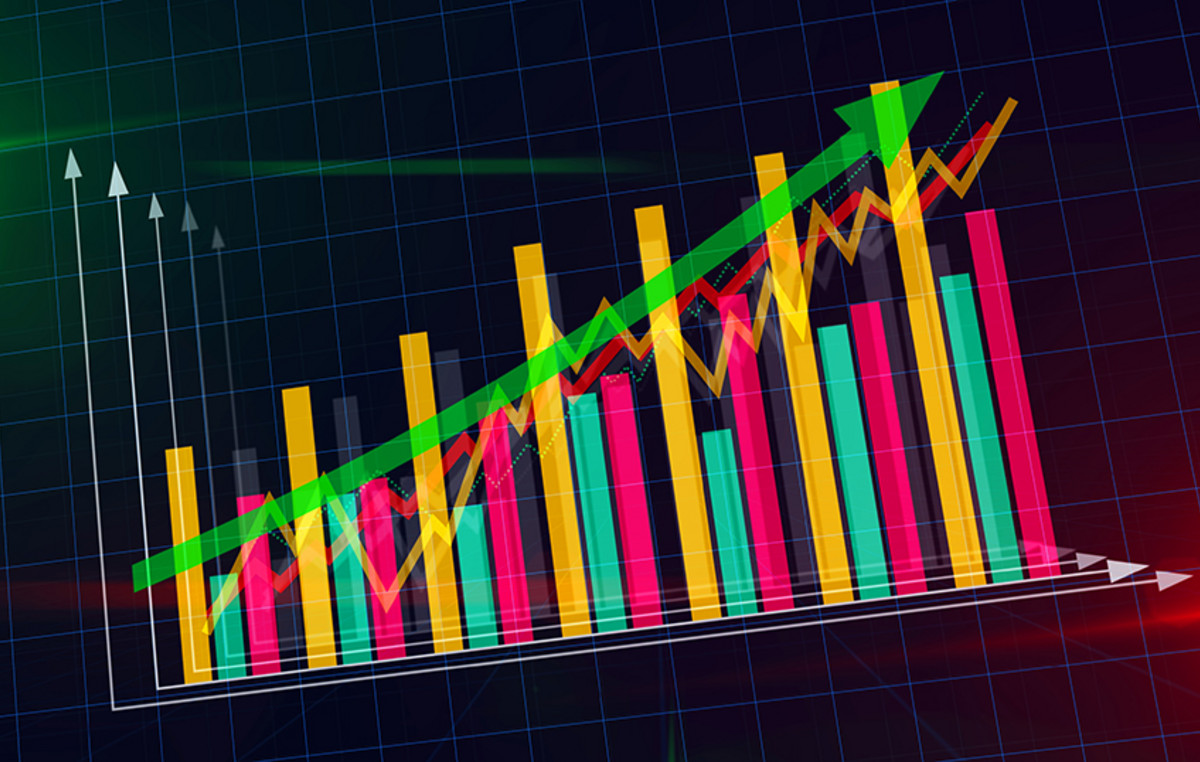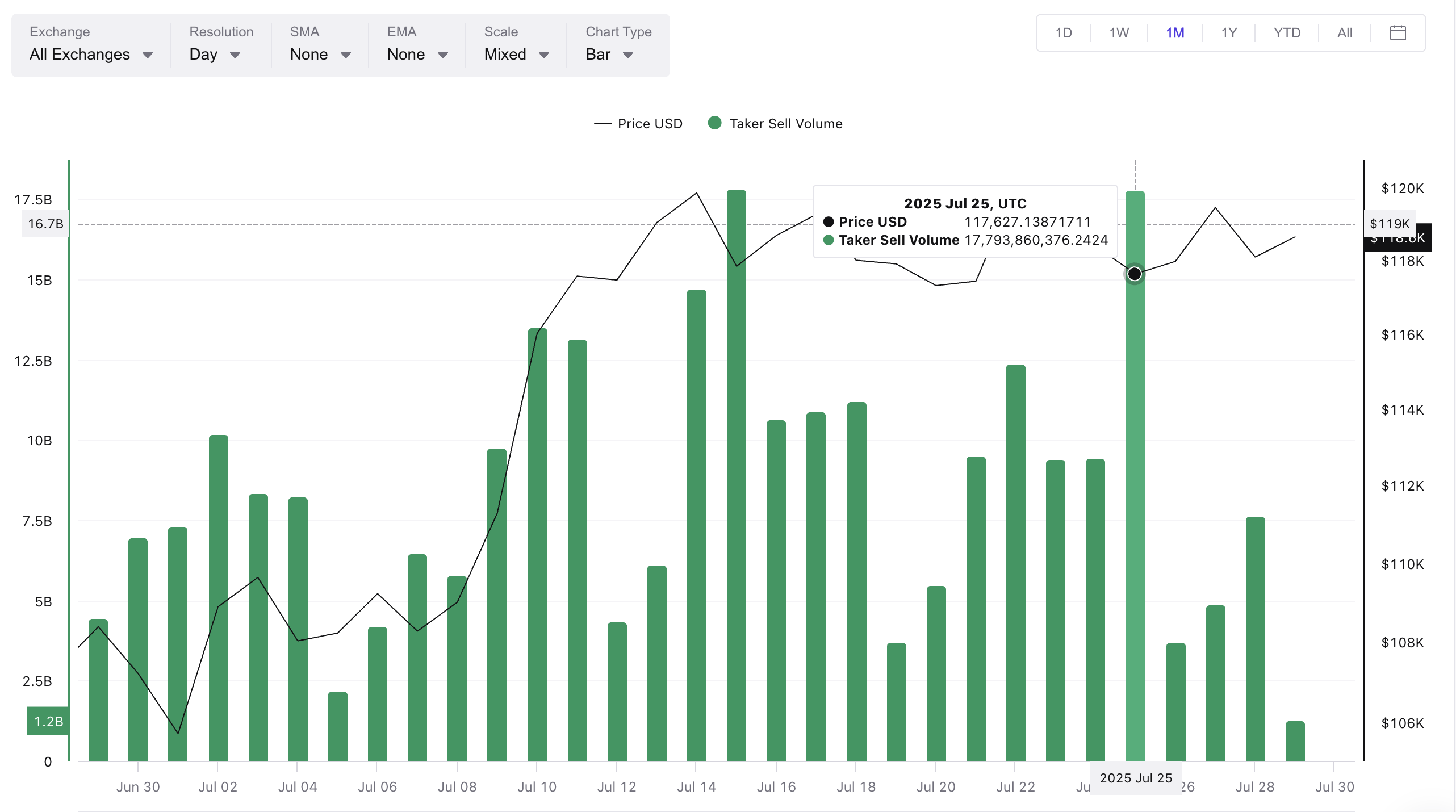Canada
- The USD/CAD moves up to 1,3670 as the US dollar gains ground for the hopes of a commercial agreement between the US and the EU.
- Trump’s tariffs seem to be less severe than they initially seemed.
- Canadian retail sales monthly fell 1.1% in May, as expected.
The USD/CAD pair quotes 0.25% higher than 1,3670 at the beginning of the European trading session on Friday. The Loonie pair rises as the US dollar (USD) gains ground due to hope that the impact of tariff policy introduced by the president of the United States (USA), Donald Trump, from his return to the White House will be limited for the economy.
Investors feel increasingly confident that the impact of Trump’s tariff policy will be limited, since Washington is closing agreements with its main commercial partners. The recent announcement of a tariff agreement between the US and Japan, and the growing hopes of a commercial pact between the US and the EU, have reinforced the confidence of investors in which the USA Inc. will not face concerns about raw materials.
The US dollar had been on a difficult path in recent months, since market experts warned that Trump’s tariff policy would lead to concerns about the supply chain and increase inflationary pressures, given that the load of a higher tariff falls on importers.
To obtain new clues about the impact of tariffs on inflation, investors expect the Federal Reserve Monetary Policy announcement (FED) next week. Fed officials have lately declared that the impact of tariffs has begun to be reflected in prices. According to the CME Fedwatch tool, the Fed is sure of maintaining interest rates without changes in the range of 4.25%-4.50%.
Meanwhile, a fall in Canada’s retail sales data is expected to have weighed over the Canadian dollar (CAD). On Thursday, Canada statistics reported that retail sales, a key measure of consumer spending, fell 1.1%, as expected. The consumer spending measure rose 0.3% in April.
US Dollar – Frequently Questions
The US dollar (USD) is the official currency of the United States of America, and the “de facto” currency of a significant number of other countries where it is in circulation along with local tickets. According to data from 2022, it is the most negotiated currency in the world, with more than 88% of all global currency change operations, which is equivalent to an average of 6.6 billion dollars in daily transactions. After World War II, the USD took over the pound sterling as a world reserve currency.
The most important individual factor that influences the value of the US dollar is monetary policy, which is determined by the Federal Reserve (FED). The Fed has two mandates: to achieve price stability (control inflation) and promote full employment. Its main tool to achieve these two objectives is to adjust interest rates. When prices rise too quickly and inflation exceeds the 2% objective set by the Fed, it rises the types, which favors the price of the dollar. When inflation falls below 2% or the unemployment rate is too high, the Fed can lower interest rates, which weighs on the dollar.
In extreme situations, the Federal Reserve can also print more dollars and promulgate quantitative flexibility (QE). The QE is the process by which the Fed substantially increases the flow of credit in a stuck financial system. It is an unconventional policy measure that is used when the credit has been exhausted because banks do not lend each other (for fear of the default of the counterparts). It is the last resort when it is unlikely that a simple decrease in interest rates will achieve the necessary result. It was the weapon chosen by the Fed to combat the contraction of the credit that occurred during the great financial crisis of 2008. It is that the Fed prints more dollars and uses them to buy bonds of the US government, mainly of financial institutions. Which usually leads to a weakening of the US dollar.
The quantitative hardening (QT) is the reverse process for which the Federal Reserve stops buying bonds from financial institutions and does not reinvote the capital of the wallet values that overcome in new purchases. It is usually positive for the US dollar.
Source: Fx Street
I am Joshua Winder, a senior-level journalist and editor at World Stock Market. I specialize in covering news related to the stock market and economic trends. With more than 8 years of experience in this field, I have become an expert in financial reporting.







